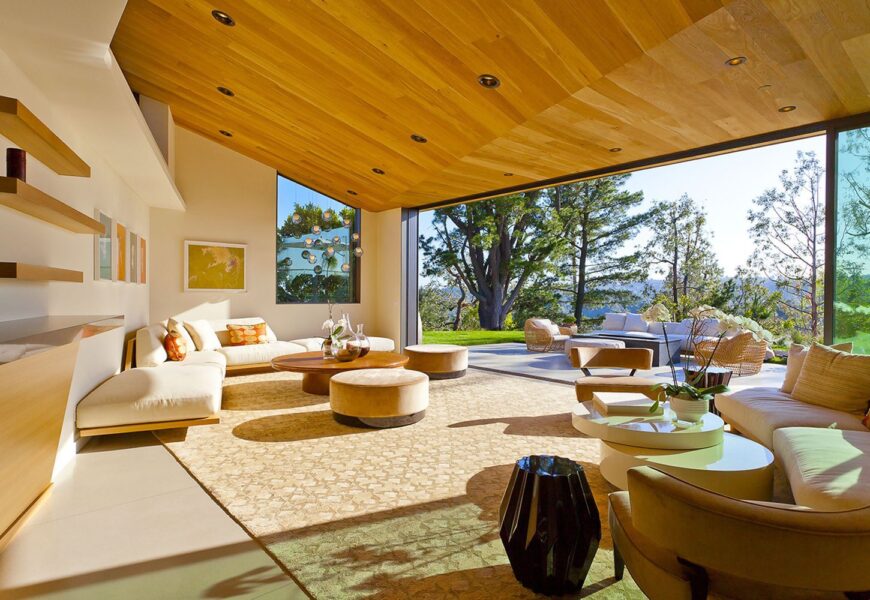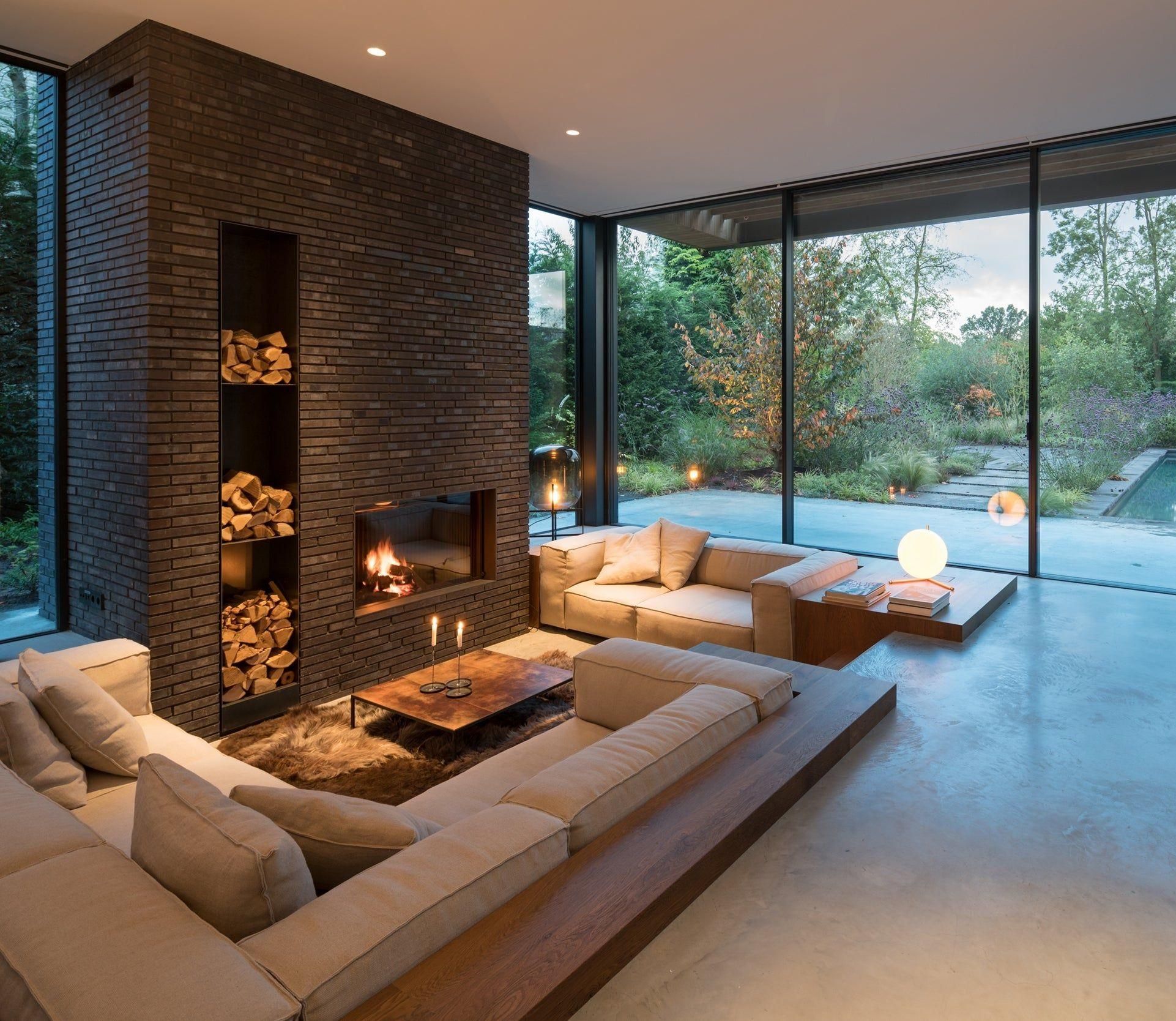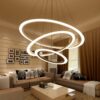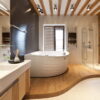Creating an outdoor oasis transforms your backyard or garden into a serene retreat, blending nature with personal style. “Nature’s Retreat: Crafting the Perfect Outdoor Oasis” delves into the essentials of designing a beautiful and functional outdoor space. Whether you’re looking to create a cozy spot for relaxation, an entertaining area for guests, or a lush garden, this guide provides the tools and inspiration needed to achieve your dream outdoor environment.
Understanding the Outdoor Oasis Concept
The Importance of Outdoor Spaces
Outdoor spaces are more than just extensions of your home; they are vital for relaxation, entertainment, and connecting with nature. A well-designed outdoor area can significantly enhance your quality of life by providing a peaceful retreat from daily stress.
Key Points:
Mental Health Benefits
Spending time outdoors reduces stress and improves mental well-being.
Socialization
Outdoor areas are perfect for gatherings and social events.
Connection to Nature
Incorporating natural elements fosters a sense of tranquility and connection to the environment.
Quote
“An outdoor oasis offers a sanctuary where you can escape the hustle of everyday life and reconnect with nature.”
Defining Your Outdoor Oasis
Defining your outdoor oasis involves more than just aesthetic choices; it includes understanding how you want to use the space and what will make it most enjoyable for you and your guests.
Key Points:
Purpose
Determine whether the space will be for relaxation, entertaining, or both.
Style
Choose a style that complements your home and personal taste, whether modern, rustic, or tropical.
Features
Decide on the features you want, such as a fire pit, outdoor kitchen, or garden.
Example
“A well-defined outdoor oasis blends functionality with personal style, creating a space that meets your needs and enhances your lifestyle.”
Planning Your Outdoor Space
Assessing Your Space
Before diving into design, assess your outdoor area to understand its potential and limitations. Consider factors like size, shape, and existing features.
Key Points:
Measurements
Take accurate measurements of your space, including dimensions of existing structures.
Sunlight and Shade
Observe how sunlight and shade vary throughout the day.
Existing Features
Evaluate any existing elements like trees, patios, or fences that may impact your design.
Quote
A thorough assessment of your outdoor space sets the foundation for a successful design, ensuring every aspect is considered.
Setting Goals and Budget
Establishing clear goals and a budget helps guide your design decisions and ensures that your outdoor project stays on track.
Key Points:
Goals
Define what you want to achieve with your outdoor space (e.g., relaxation, entertainment).
Budget
Set a realistic budget that covers all aspects of the project, including materials, labor, and maintenance.
Timeline
Create a timeline for project completion to manage expectations and stay organized.
Bullets:
Set Clear Objectives
Determine the primary use of the space (e.g., dining area, lounge zone).
Create a Budget
Allocate funds for different components, such as furniture, landscaping, and lighting.
Plan a Timeline
Outline key milestones and deadlines for the project.
Quote
“A well-planned budget and clear goals streamline the design process, ensuring your outdoor oasis meets your expectations without overspending.”
Designing for Functionality
Designing for functionality ensures that your outdoor space meets practical needs while providing comfort and convenience.
Key Points:
Flow and Layout
Plan the layout to support smooth movement and functional zones.
Comfort
Choose furniture and amenities that provide comfort and suit the climate.
Storage
Incorporate storage solutions for outdoor essentials like cushions, tools, and utensils.
Example
“Functional design elements, such as well-planned seating arrangements and ample storage, enhance the usability and comfort of your outdoor oasis.”
Key Elements of an Outdoor Oasis
Seating and Dining Areas
Creating comfortable and inviting seating and dining areas is crucial for enjoying your outdoor space.
Quote
“Thoughtfully chosen seating and dining areas make your outdoor space more functional and enjoyable for all.”
Lighting and Ambiance
Proper lighting enhances the ambiance and functionality of your outdoor space, making it enjoyable day and night.
Key Points:
Types of Lighting
Use a mix of ambient, task, and accent lighting to create a layered effect.
Lighting Fixtures
Select fixtures that match the style of your outdoor space and provide adequate illumination.
Ambiance
Consider dimmable lights and color-changing options to set different moods.
Bullets:
Ambient Lighting
Provides general illumination for the entire area.
Task Lighting
Focuses on specific areas, like dining tables or grills.
Accent Lighting
Highlights features such as plants, pathways, or architectural elements.
Quote
“Effective lighting design transforms your outdoor space into a welcoming retreat, extending its usability and charm into the evening.”
Landscaping and Plants
Landscaping and plants add beauty and a touch of nature to your outdoor oasis, enhancing its overall appeal.
Key Points:
Plant Selection
Choose plants that thrive in your climate and fit the design of your space.
Garden Beds
Design garden beds with a mix of perennials, annuals, and shrubs for visual interest.
Maintenance
Plan for easy maintenance by selecting low-care plants and incorporating automated irrigation systems.
Example
“A well-designed landscape with a variety of plants creates a lush, inviting environment that complements your outdoor oasis.”
Water Features and Focal Points
Water features and focal points serve as visual and auditory highlights, adding tranquility and interest to your outdoor space.













